
Multimedia
Multimedia
Media communicates information, and can be used to both learn from others, and to teach about science experiences.
Learning Objective: Provide examples of different forms of science media, and distinguish between primary and mediated experiences.
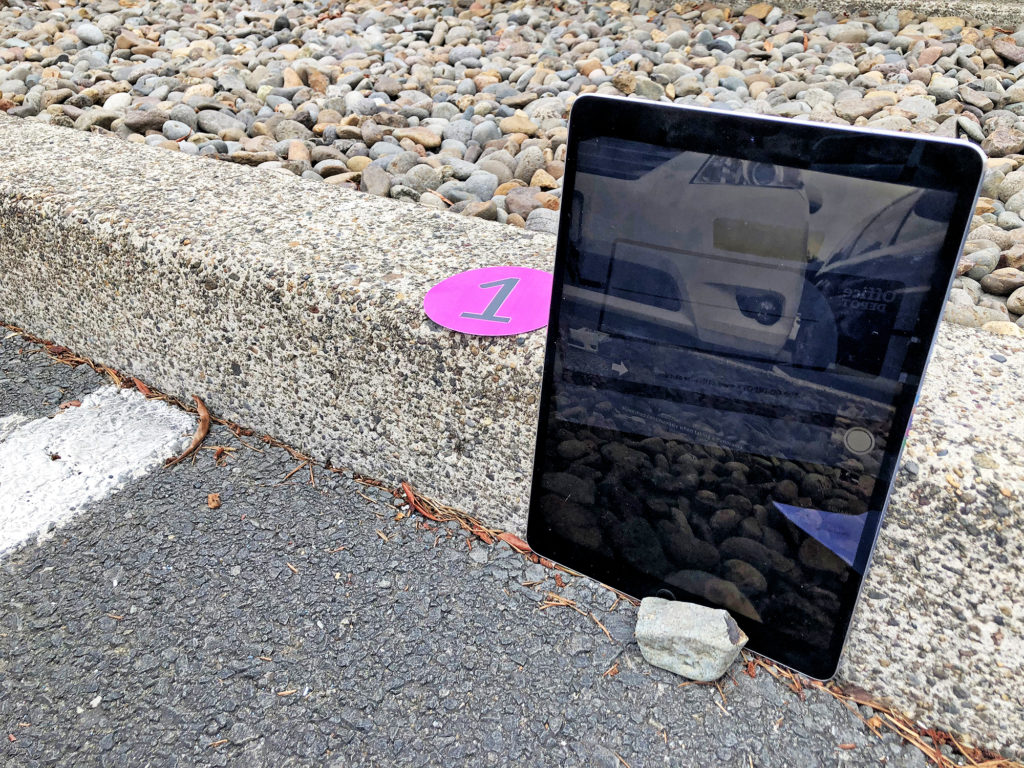
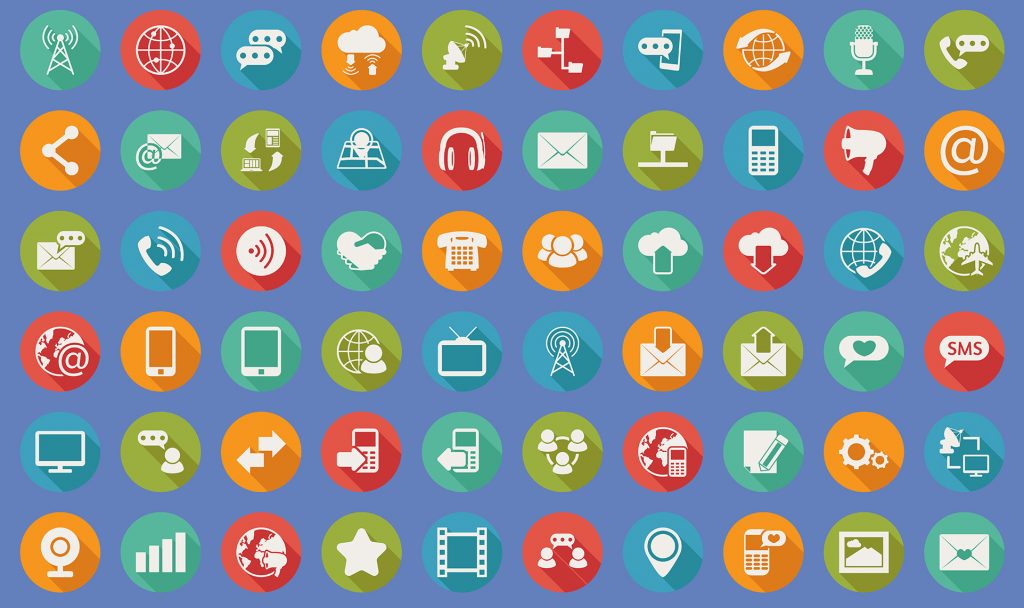
Media are forms of communication, the ways we store and deliver information. Media can range from writing an idea on the back of a napkin to writing a blog, or producing a video. In each case, there is a message communicated within a media form.
This video provides an overview of media, including the distinction between primary and mediated experiences.
Watch this video; you can select the closed captioning “cc” option if you would like to see the text.
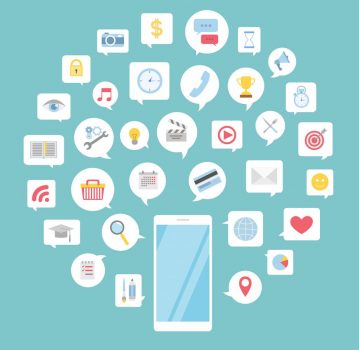
Living with Media
Portable technologies like smart phones, tablets, and laptops enable us to fluidly move between the two forms of media use: accessing information to learn from other people and creating media to communicate with other people.
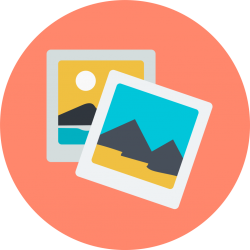
Visual Media
This includes photos, paintings, sketches, video, animations, simulations, TV, movies, and more. Visual media has the advantage of attracting and holding attention, particularly if there is motion or novel elements. Disadvantages include the difficulty in making visual media and accessibility for individuals with limited vision.
Sound Media
This includes audio recordings, radio broadcasts, phone calls, and more. An advantage of sound media is authenticity, the brain perceives that sounds represent the real world. Effective sound experiences can be challenging to produce and relay a limited amount of information.


Print Media
This includes books, brochures, posters, advertisements, exams, quizzes, handouts, and more. Printed media has a tactile (touch) component that indicates substance and ownership. Limitations include cost, resource use, and information limited by the size and quality of the printed material.
Digital Media
This includes websites, video games, emails, texts, and more. Digital media is becoming much easier to create with portable technologies, and can encompass multiple forms of media. Digital media can be easily lost when technologies upgrade, so there is a perception of impermanence and inauthenticity.

Start Your Media Assignment here
In science it can be critical to describe a phenomenon in a way that others feel they are sharing the experience. In this assignment you are creating a mediated multimedia multimodal experience (say that three times fast!):
Mediated: Select a primary experience you have had, or are currently having, related to science, nature, and/or animals that you can mediate (share) with someone who may not have had that experience.
Multimedia: Select two different media forms for mediating your experience. This could be photo and text, a video with picture and sound, a labeled sketch, or whatever best mediates the experience, bringing it to life for the audience.
Multimodal: Figure out what sensory information (modes) you want to incorporate into your description of the experience. This may mean finding a creative way to explain a sensory experience, like describing what something smells like or how it feel to the touch.
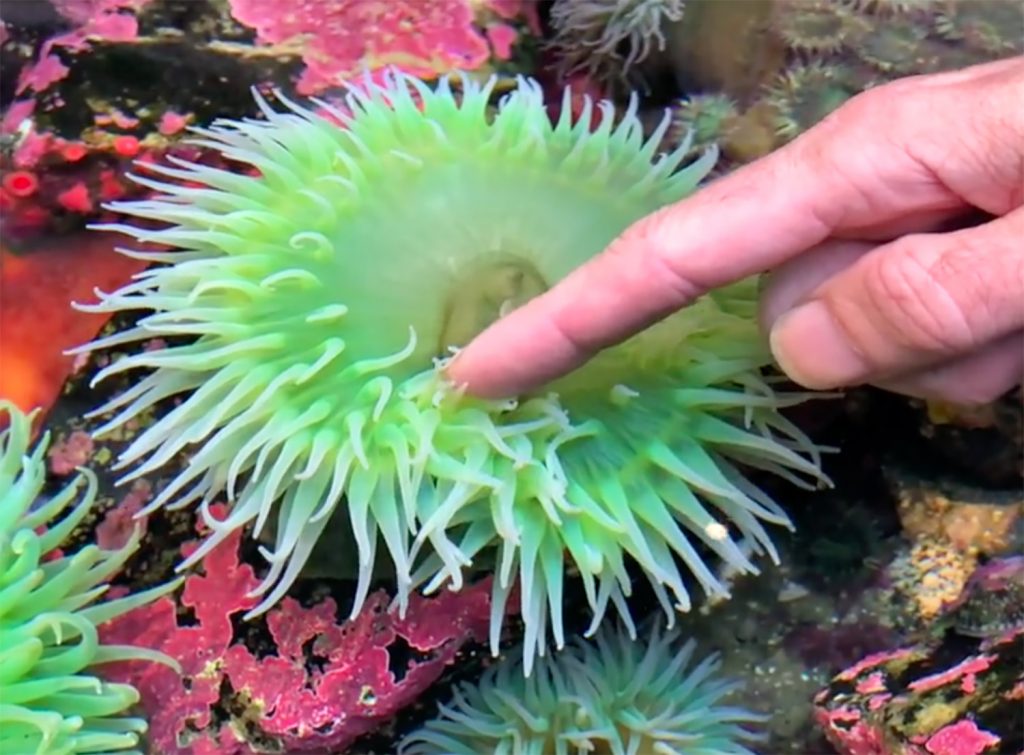
You will be uploading your mediated multimedia multimodal experience to Canvas. It will probably be self-explanatory, but if you would like to add additional information, you can use the comments box. Since this media piece can go into your final portfolio, you may want to select an experience that you would like in the portfolio, but don’t have a place for yet.
Media is used to communicate and the next section explores what is being communicated: data, information, knowledge, and wisdom.










